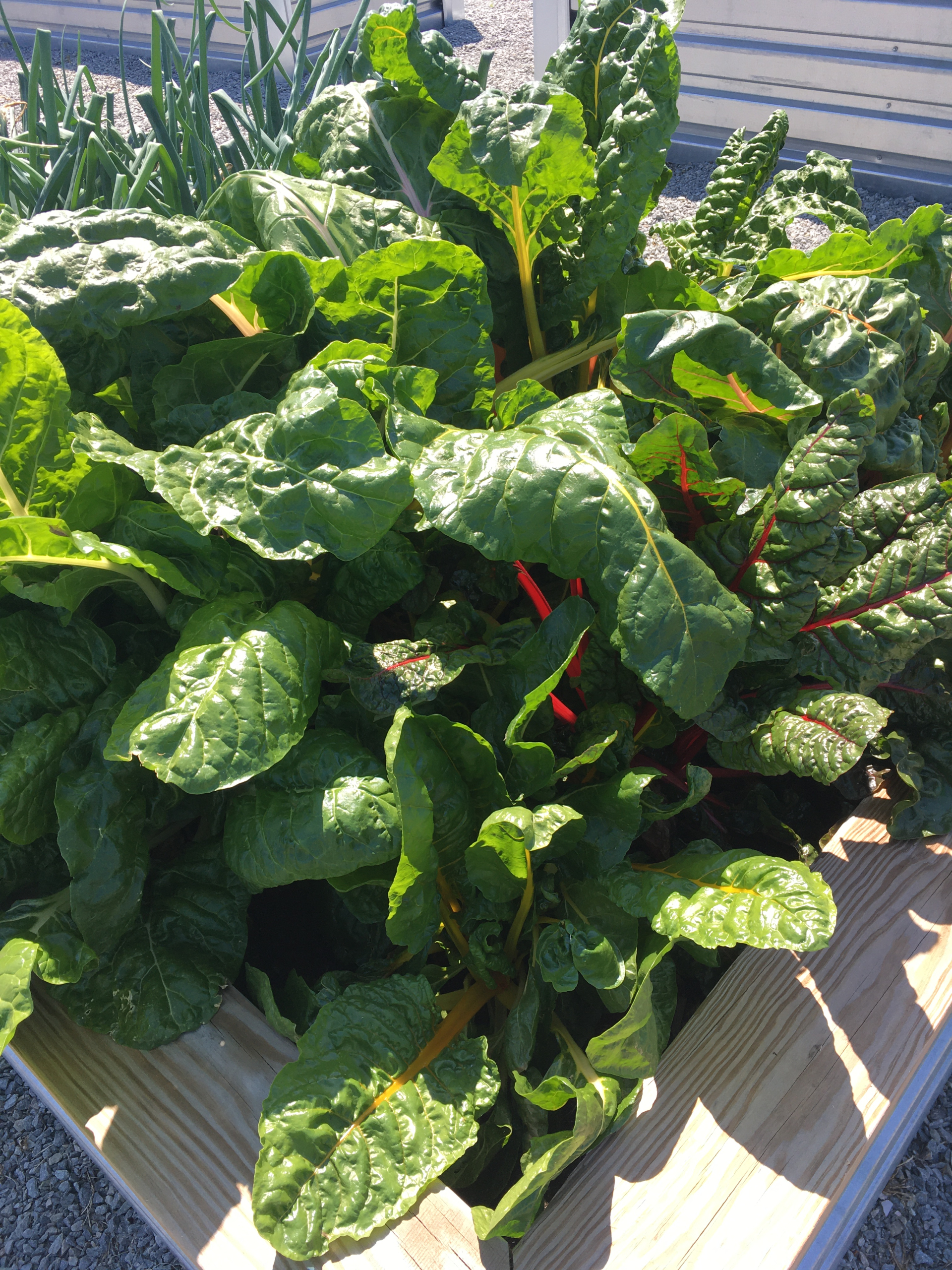By Jessica Strickland, Wayne County Horticulture Extension Agent
As summer transitions into fall, September presents gardeners with a crucial window for preparing their landscapes for the cooler months ahead. According to local horticulture experts, this month offers ideal conditions for establishing winter crops, maintaining lawns, and ensuring plants are ready for the seasonal shift.
Lawn Care Takes Priority as Growth Season Winds Down
Homeowners should shift their lawn care approach as September arrives, focusing on preparation rather than active growth promotion. Extension specialists recommend discontinuing nitrogen applications to allow grass to naturally slow its growth in preparation for winter dormancy.
For lawns showing potassium deficiency from recent soil tests, now is the time to act. A high-potassium fertilizer such as 0-0-50 should be applied at a rate of 2 pounds per 1,000 square feet by mid-September to strengthen root systems before winter.
The changing daylight hours and cooler temperatures also signal a shift in irrigation practices. Gardeners should begin reducing watering frequency this month, allowing lawns to adjust to the seasonal transition.
Properties that experienced large patch disease issues during spring should consider preventive treatment with fungicides this fall to break the disease cycle.
Strategic Timing for Trees, Shrubs, and Ornamental Plants
September marks an optimal period for several important tree and shrub maintenance activities. However, experts caution against major pruning during fall months, as this practice can deplete essential food reserves that plants need for spring growth. Instead, gardeners should limit pruning to removing dead, dying, or diseased branches only.
For those planning winter color displays, the window for planting pansies and other winter annuals opens in mid-September and continues through mid-October. This timing allows plants to establish strong root systems before the first frost arrives.
Gardeners interested in seed collection should take advantage of September’s conditions to harvest seeds from self-pollinating annuals like marigolds and zinnias. The process involves allowing flower heads to fully mature, then drying seeds on newspaper with frequent turning before storing them in glass jars, envelopes, or paper bags in cool, dry, dark locations.
September also provides excellent conditions for dividing and transplanting spring-blooming perennials, taking advantage of cooler temperatures and typically adequate soil moisture.
Fall Vegetable Planting Offers Extended Growing Season
The cooling temperatures create ideal conditions for establishing cool-season vegetable crops. Early September is the recommended time for transplanting broccoli, cauliflower, kale, cabbage, Chinese cabbage, collard, lettuce, spinach, and Swiss chard.
Herb enthusiasts can extend their growing season by sowing cool-season varieties including dill and cilantro, which will provide fresh harvests well into fall.
For fruit growers, muscadine grape season begins in September and continues throughout the fall months, offering fresh harvests for those with established vines.
Soil Improvement and Pest Management
Fall presents an ideal opportunity for soil enhancement projects. Gardeners should consider incorporating organic materials such as manure, compost, and fallen leaves to improve soil structure and nutrient content for the following growing season.
Vigilance regarding pest management remains important, particularly monitoring for caterpillars and aphids on fall vegetable crops, which can cause significant damage if left unchecked.
Special Care for Newly Planted and Established Plants
Plants installed within the past year require special attention during fall months, particularly if dry conditions develop in October, as often occurs. Extension agents recommend closely monitoring soil moisture around recently planted trees and shrubs, providing supplemental watering when soil appears dry.
While fungal leaf spot diseases commonly appear on trees and shrubs during fall, these issues rarely require treatment and typically resolve naturally with seasonal changes.
Holiday Plant Preparation
Gardeners who preserved poinsettias from the previous holiday season can encourage flowering by implementing a strict light regimen beginning the last week of September. Plants require 15 hours of complete, uninterrupted darkness daily while receiving ample sunlight during daylight hours. This treatment should continue until colored bracts begin to appear.
Jessica Strickland serves as an Agriculture Extension Agent specializing in horticulture for North Carolina Cooperative Extension in Wayne County. For additional gardening resources and timely tips, visit the Wayne County Extension website or follow their social media channels.
Resources:
- Wayne County Extension Gardening email list: https://wayne.ces.ncsu.edu/email-me
- Social media: Facebook @waynecooperativeextension, Instagram @waynecountyextension
- NC Extension Gardener Plant Toolbox: https://plants.ces.ncsu.edu

